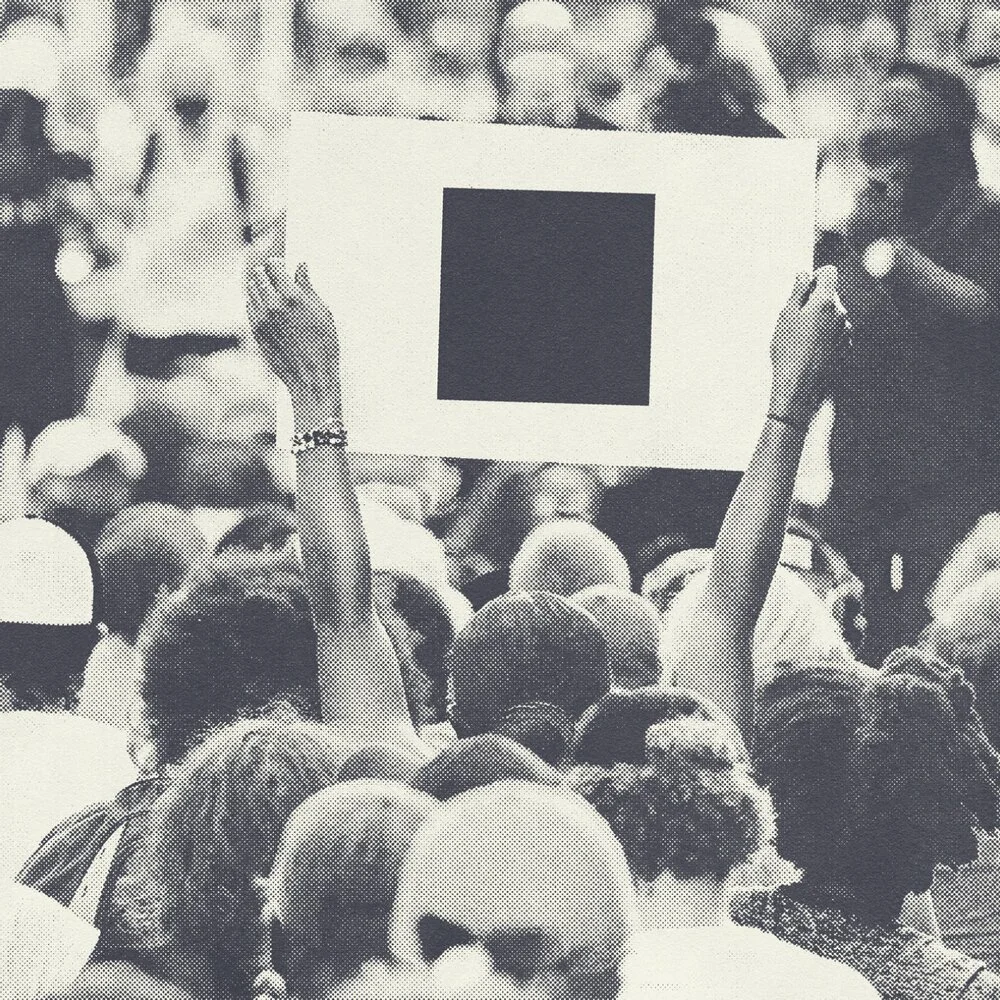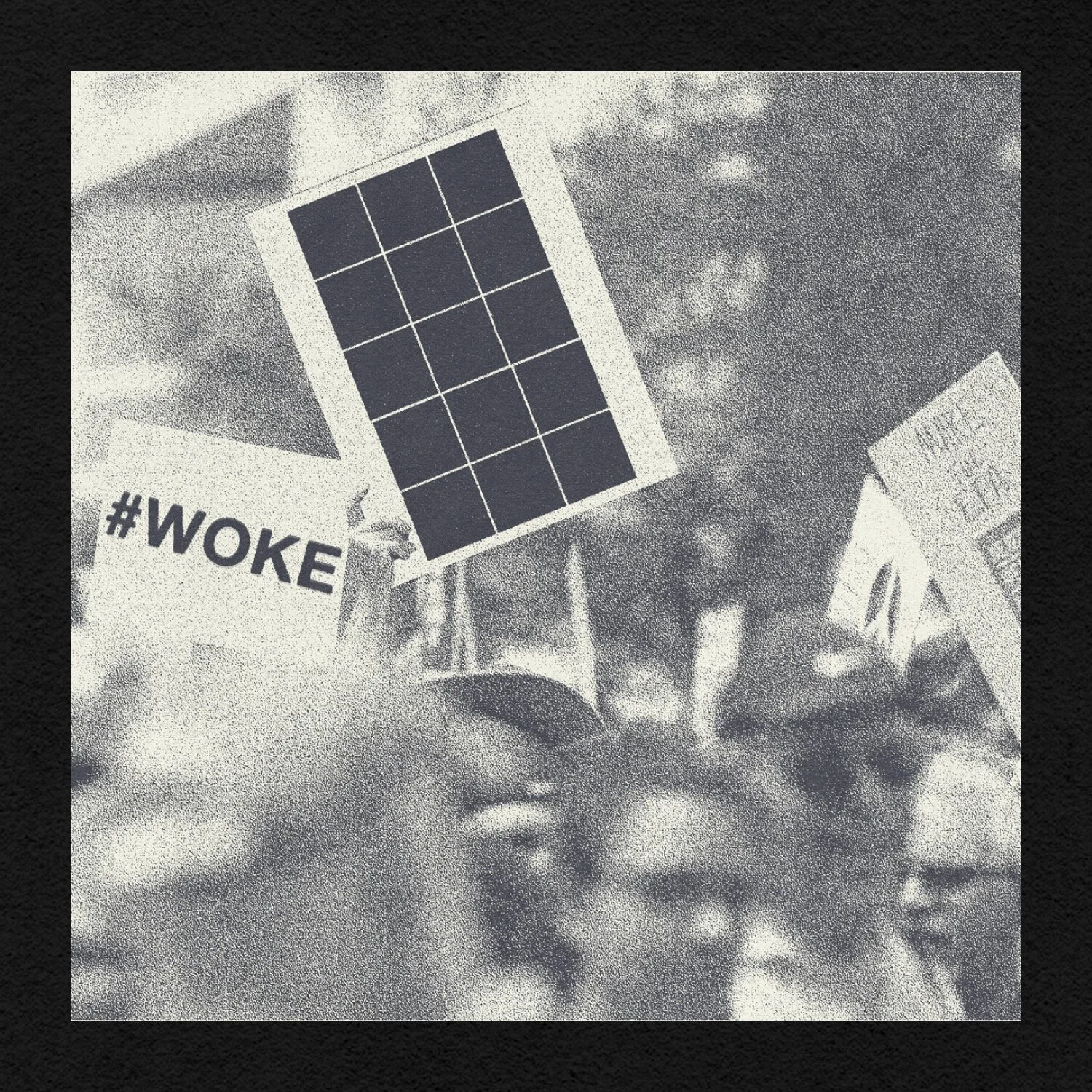An Exploration of the Depths and Dynamics of Digital Activisms
words by Sofia Andrade || graphics by Coco Lashar
★
Throughout the past six months, the coronavirus pandemic has upended countless traditions, mostly by limiting the existence of the physical spaces that hosted them. The graduation ceremony, the house party, the wedding, and the night out have all been disrupted — forced to contort themselves to fit into the new, virtual spaces necessitated by a global pandemic.
The tradition of the protest, too, has found itself severed from its roots in visceral and demanding physicality, pushed instead into the tightly wound spheres of social media. Where protests have historically been about taking up physical space, whether that be sit-ins, marches, picket lines, or occupations, the pandemic has meant that activism has had to shift to act within virtual realities.
Burgeoning ways of disseminating crucial information — such as Instagram stories, TikTok videos, and social media infographics — are now at the forefront of many activist movements, relying on social media users to educate themselves and others, pushing for actionable change in the form of petition-signing or representative-calling.
If the pandemic has shown activists anything — other than the reality that a long road still lies ahead on the path to complete justice — it is that our physical spaces are no longer sacred or even guaranteed.
Yes, many rightfully did and have continued to take to the streets in protest as part of the Black Lives Matter movement ,and that work has already effected substantive change. But given the pandemic, those are avenues for action that are inaccessible to activists who cannot afford to expose themselves to the coronavirus for whatever reason, meaning turnout and involvement is restricted.
Other facts of the pandemic, such as reinstated lockdowns and increasing caseloads, mean that the need for effective digital activism might again increase dramatically. In the long run, as our world and society move further into a future within the digital sphere, digital activisms will only be further necessitated.
Still, there are clear limitations on the protest genre when it is forced into a digital space. Hashtags like #JusticeForBreonna, #BlackLivesMatter, and #SayHerName have become virtually ubiquitous with these digital activisms, and yet in many cases are disseminated and replicated to the point where they lose their meaning.
“If the pandemic has shown activists anything — other than the reality that a long road still lies ahead on the path to complete justice — it is that our physical spaces are no longer sacred or even guaranteed.”
Take, for example, Blackout Tuesday on June 2. An initiative originally started by Jamila Thomas and Brianna Agyemang, two Black women in the music industry looking to call attention to the industry's treatment of Black artists and professionals, it quickly snowballed into an easily extinguishable Instagram trend. Plain black squares tagged #BlackoutTuesday dominated Instagram feeds to the point that they were clogging up the #BlackLivesMatter hashtag and others that were crucial for spreading information about the movement and for keeping protesters safe while out on the street.
How, then, do we make use of communicating online effectively and meaningfully when the communication channels that are most popular among young people — such as Instagram and TikTok — are fast-paced, easily replicable, non-accountable, and make activism just as easy to ignore as it is to perform? How do we mediate the need for consciousness raising and concrete action with a system that rewards (and profits off of) repetitive behavior and the currency of ‘likes’ and reposts?
At first glance, these systems of communication seem the antithesis to meaningful activism, inspiring performance and virtue signaling rather than a push for substantive change.
And yet, much of the activism that has found a place in these platforms has found great success, even if just in sheer numbers. After the murder of George Floyd at the hands of Minneapolis police, social media was aflame in action items and posts sharing crucial information about police brutality and systemic racism.
For weeks and months following, Instagram shifted from a passive pastime to a platform for re-education and a reckoning of the United State’s racist past. Coupled with the physical manifestation of the Black Lives Matter movement, digital activism is what brought charges upon Derek Chauvin and the three other officers who were complicit in the murder of George Floyd.
It was also through digital organizing that the names Breonna Taylor, Elija McCain, Ahmaud Arbery, and too many others were made into household names. In all these cases, the key to success for these digital activisms was a unified front, one that mobilized people not only to sign petitions and contact their representatives, but also to educate themselves and those around them on the realities of being Black in America.
“With the inescapable advent of the digital age — something the coronavirus pandemic has only pushed us further into — we must learn how to organize effectively, meaningfully, and ethically online.”
In the past, we have seen the drawbacks of quickly-created and quickly-extinguished movements that found their roots online, such as 2011’s Occupy Wall Street protests, but with the inescapable advent of the digital age — something the coronavirus pandemic has only pushed us further into — we must learn how to organize effectively, meaningfully, and ethically online.
Movements should look to prioritize actionable items, such as phone calls and emails to representatives, in order to maintain energy around the issue at hand. Movements should also revolve around a robust and inclusive platform that is intersectional and places priority on the voices most affected by the given issue.
If a movement is united, driven by common, accessible goals and a powerful base, they are much less likely to fizzle out under the pressure of social media. Digital activisms, when used meaningfully, can be incredibly powerful.
Though the levels of engagement needed to interact with and conduct digital activisms are potentially shallower than traditional protest, these activisms benefit from the massive breadth of potential audiences that social media platforms provide.
Because our world is constantly moving towards existing in more virtual realities — with more work being done remotely, Zoom rooms replacing group meetings, and live-streamed concerts being held in the place of mosh pits — it is only fitting that our protests do so as well. Armed with a strong digital organization campaign, one that clearly centers both the issue at hand and the key voices in that fight, digital activisms can be trailblazing.
As activists, we must dedicate ourselves to reimagining the ways in which our activism can manifest itself meaningfully online, exploring new methods to communicate and organize within virtual spaces in ways that are welcoming and conducive to true, issue-driven solidarity, and not just the instant gratification-fueled rush that comes from reposting a plain black square and calling yourself ‘woke.’


